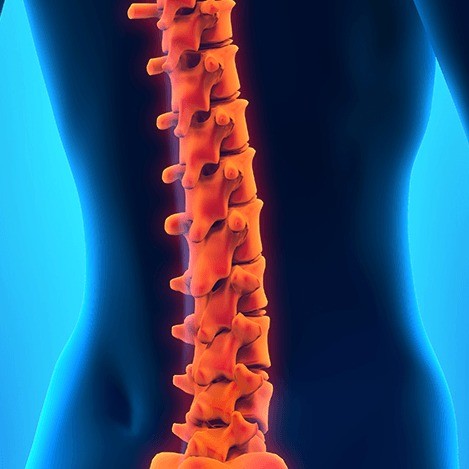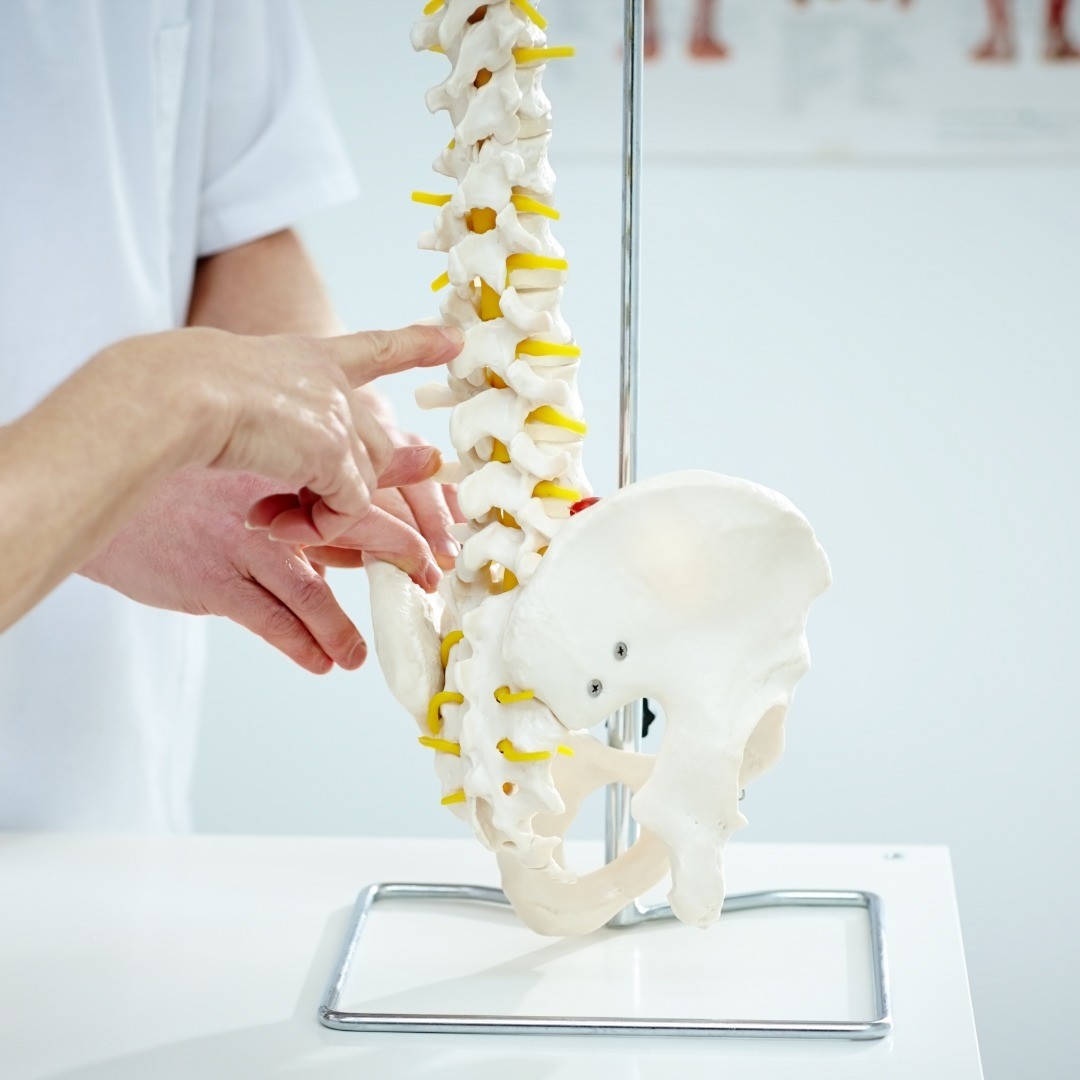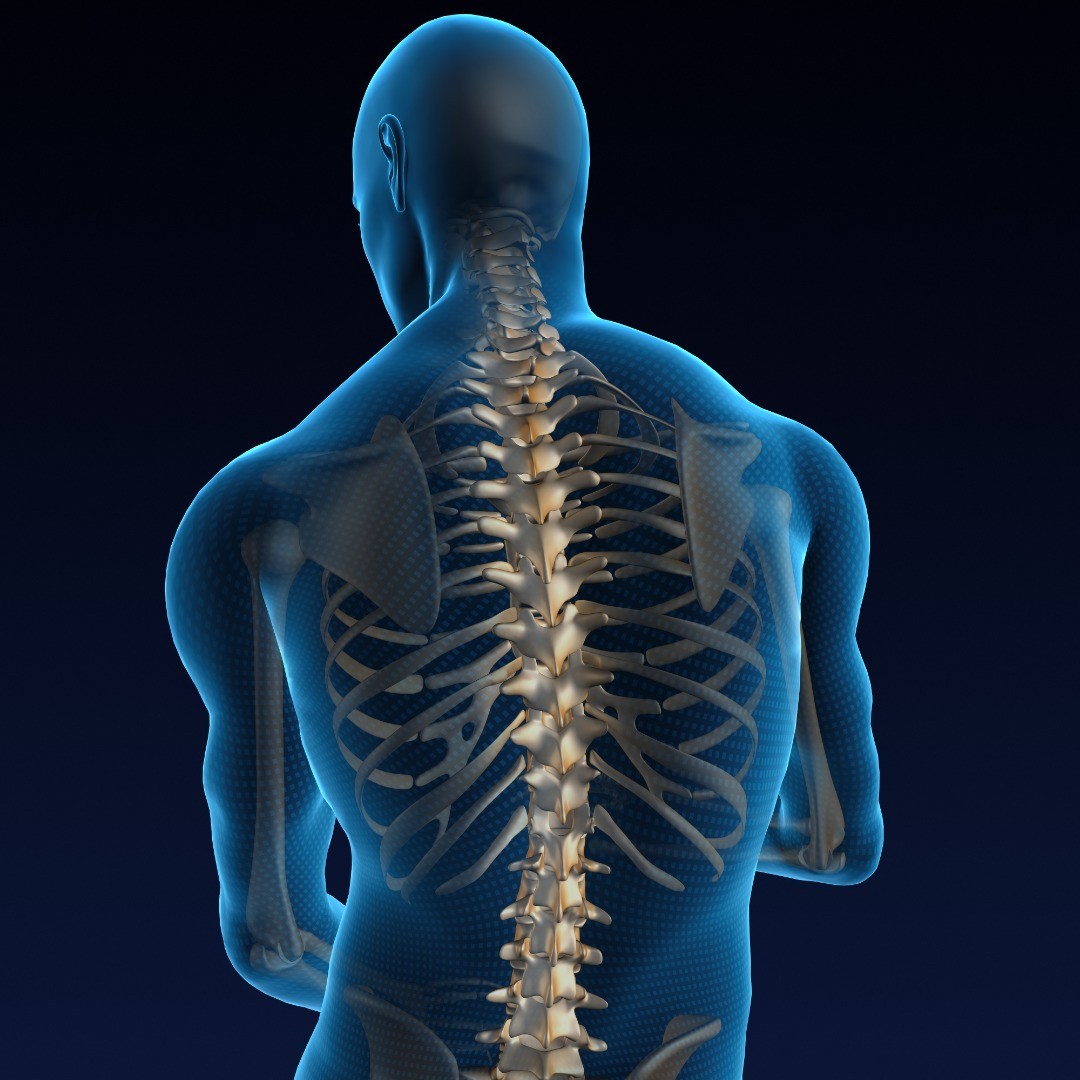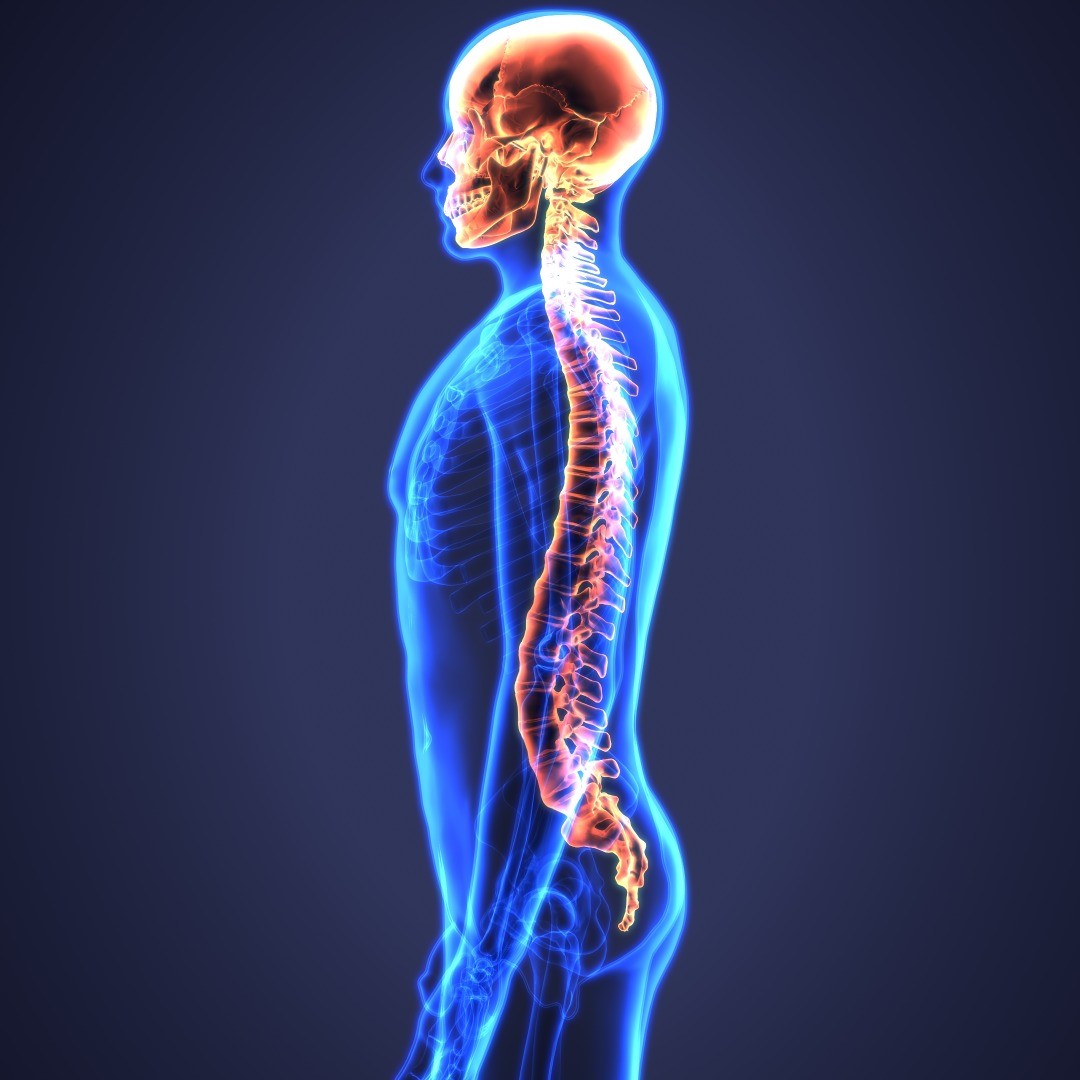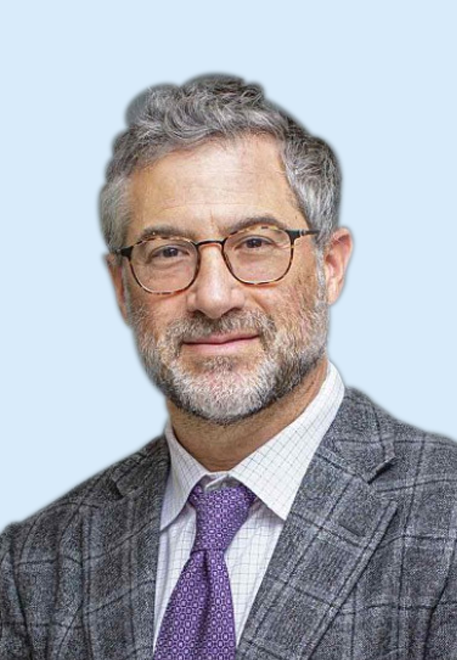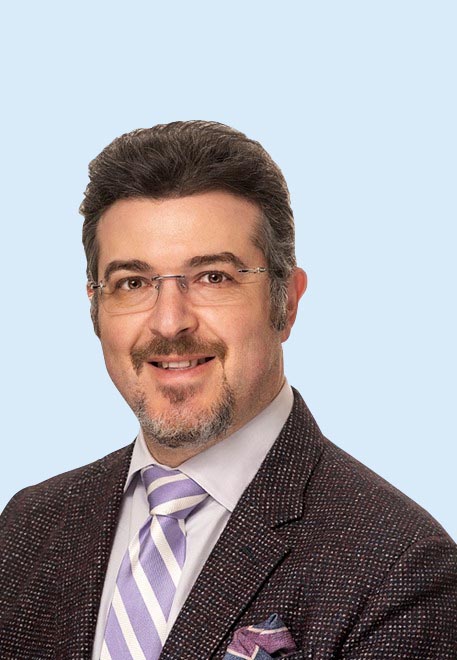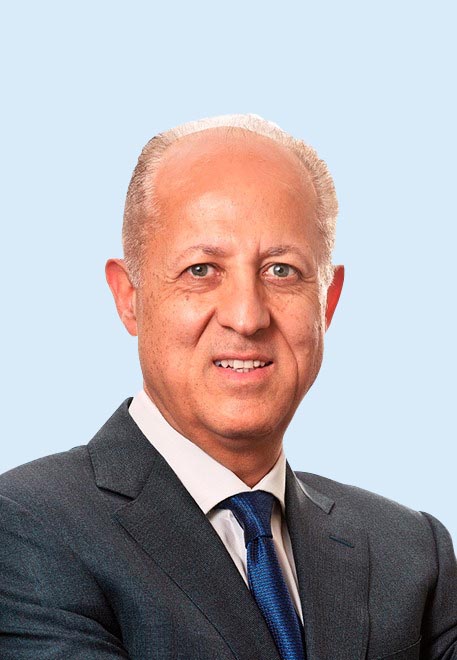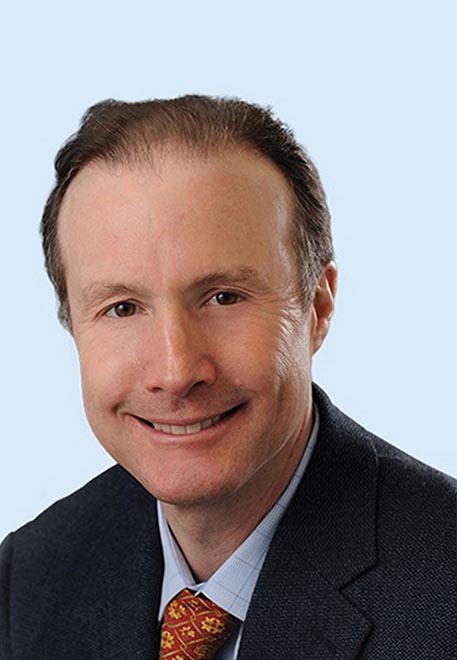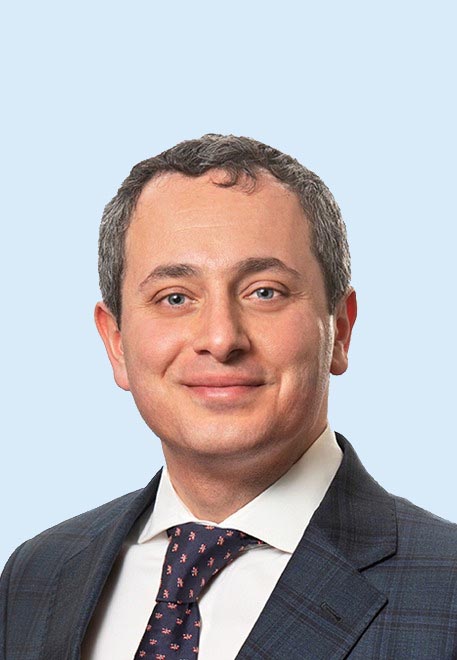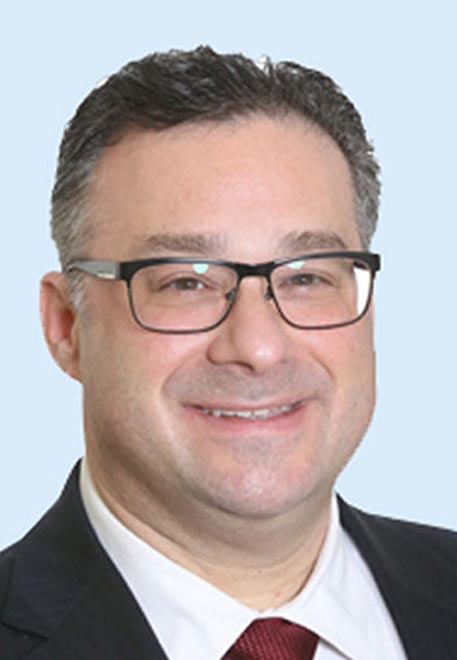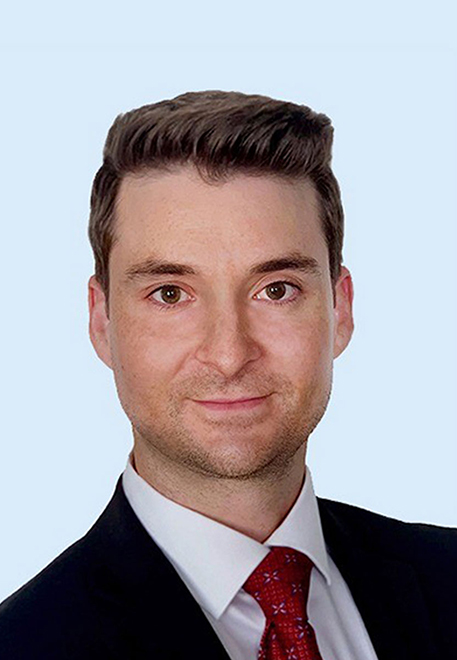- PATIENT FORMS | REQUEST A CONSULTATION | CONTACT US
- 1-844-NSPC-DOC
Spinal Fusion PLIF
What Is Posterior Lumbar Interbody Fusion (PLIF)?
A posterior lumbar interbody fusion, commonly referenced as PLIF, can be accomplished in two ways. Previous to advances in minimally invasive spinal fusion surgery, PLIF was an open surgery procedure. The spine surgeon would create a large six-inch incision in order to get an open view of the spine. In conjunction with this, muscles would be stripped away from the spine in order to complete the surgery. This type of surgery led to longer recovery times and more complications.
Now with innovative technology, our back surgeons can access the spine and complete the spine fusion through two smaller incisions. This leads to less damage to the muscles, nerves, and bones of the spine. Recovery is quicker and residual or new pain due to the surgery is greatly minimized.
The PLIF procedure includes removing part of the vertebrae bone near the damaged disc, called the lamina, in order to cut out the disc. Your surgeon will then insert implants and bone graft material into the emptied space. This material will create the fusion needed to permanently stabilize your spine. A set of rods and screws are also used to lock the spine. Your neurosurgeons will then surround them with bone graft material to make sure that the fusion of the vertebrae is solid and complete.
This lumbar spine surgery will give relief to spinal pain by removing the pressure on the nerve roots due to a collapsed disc. If you are looking for a permanent solution to treat your continual back discomfort, our multidisciplinary team of neurosurgeons can walk you through the best options for your situation. Reclaim control of your life, and come in for a consultation today with one of our leading spine surgeons.
What Conditions Does Posterior Lumbar Interbody Fusion Treat?
Back or leg pain caused by certain conditions might be greatly improved by Posterior Lumbar Interbody Fusion:
- Spondylolisthesis — one vertebral disc slipping onto another
- Scoliosis — a sideways curvature of the spine
- Spinal stenosis — narrowing of the spinal canal
- Kyphosis — curvature of the spine resulting in a rounding of the back
- Discopathy — disease of the disc
- Herniated discs
- Spine fractures
- Other degenerative disc diseases
PLIF may be recommended for chronic, severe lower back pain that is not improved by more conservative treatments such as medications, back braces or physical therapy.
There are a few different types of spinal fusion grafts depending on the condition that needs to be treated. These grafts can include:
- Autograft fusion – a piece of the patient’s own bone, typically taken from the hip, is used.
- Allograft fusion – a piece of cadaver bone is used for the bone graft.
- Synthetic (artificial) graft fusion – manufactured materials and natural bone are used.
A number of innovations have made spinal fusion surgeries more likely to have a successful outcome for the patient than in the past. Medical advancements such as newer instrumentation, improved procedures, an increased knowledge base of the spine’s mechanics, better surgeon training and advanced diagnostics with premier medical imaging techniques.
Experience superb spine care at one of our New York area premiere medical centers—including Long Island locations. Our state-of-the-art surgical procedures and award-winning physicians mean you get top-notch treatments for your spine condition.
Physicians
Connect With Our 7 Convenient Locations
across Long Island, NY
Our expert physicians, surgeons and doctors are ready to serve you at our 7 convenient locations across Long Island, NY. Connect today to learn how our award winning, world class experts can help.
4250 Hempstead Turnpike Suite 4,
Bethpage, NY 11714
(516) 605-2720
COMMACK
353 Veterans Memorial Hwy,
Commack, NY 11725
(631) 864-3900
One Hollow Lane, Suite 212
Lake Success, NY 11042
(516) 442-2250
MANHATTAN
215 E. 77th Street Ground Floor
New York, NY 10075
(646) 809-4719
EAST SETAUKET
226 North Belle Mead Road, Suite C
East Setauket, NY 11733
(631) 828-3001
100 Merrick Road, Suite 128W
Rockville Centre, NY 11570
(516) 255-9031
WEST ISLIP
500 Montauk Hwy
West Islip, NY 11795
(631) 983-8400
World
Class
Expertise
For over 50 years & 350,000 patients NSPC has been a trusted global medical leader.
Contact us today for an appointment or consultation.

